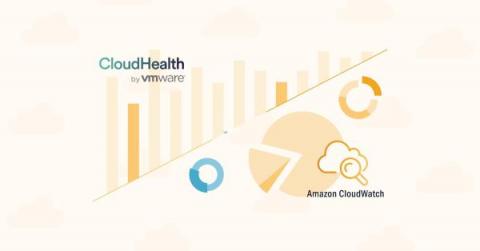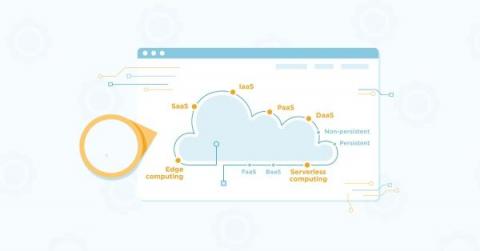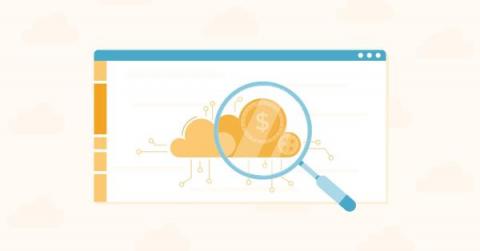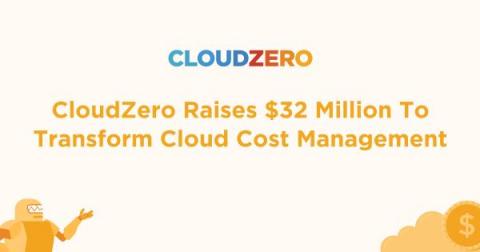CloudHealth Vs. CloudWatch: How Do They Differ?
Amazon’s CloudHealth and VMware’s CloudHealth are two of the most popular cloud management and system monitoring platforms today. But which platform does what, and are they even direct competitors? In this post, we'll compare the two services and highlight their main differences so you can choose which to use — or whether to use both.











